Texas has always been a land of wide-open spaces, friendly neighbors, and a culture all its own. But lately, a new wave of digital nomads and remote workers has been flooding into cities like Austin, Dallas, and Houston, bringing fresh energy and big changes.
While some Texans welcome the newcomers with open arms, others worry about rising costs, crowded streets, and the loss of the local flavor that made the Lone Star State so special in the first place.
1. Housing Prices Are Skyrocketing
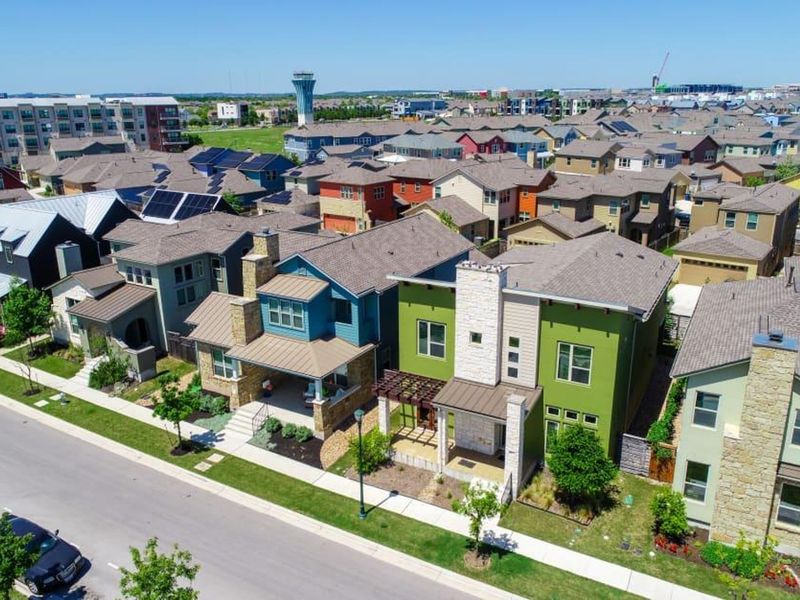
Rent and home prices have climbed so high in Texas cities that many longtime residents feel priced out of their own neighborhoods. Families who have lived in the same area for generations now struggle to afford a simple two-bedroom apartment. The influx of remote workers with out-of-state salaries has created fierce competition in the housing market.
Landlords often raise rents when they see demand surging from newcomers willing to pay premium prices. Local teachers, nurses, and service workers find themselves squeezed out, forced to move farther from their jobs or even leave the state.
Young Texans hoping to buy their first home face disappointment as properties sell for tens of thousands over asking price. The dream of homeownership feels increasingly out of reach for those who grew up here.
Meanwhile, investors snap up properties to turn into short-term rentals, further shrinking the supply of affordable housing.
Communities that once felt accessible now carry price tags that reflect coastal city standards. This shift has sparked resentment and worry among locals who wonder if they will have a place in the Texas of tomorrow.
2. Traffic Congestion Has Gotten Worse
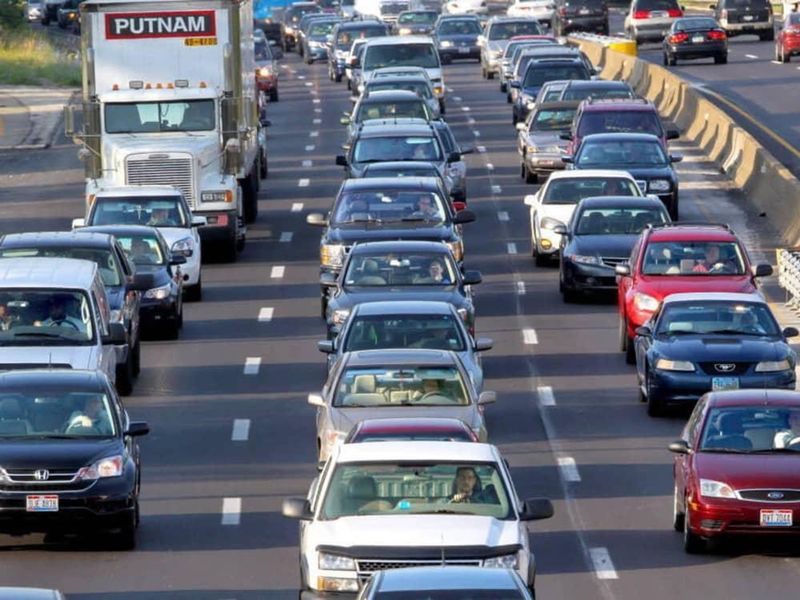
Anyone who has driven through Austin or Dallas lately knows that traffic has become a nightmare. What used to be a quick 20-minute commute now takes an hour or more during rush hour. The roads were not built to handle the sudden population boom, and it shows every single day.
Construction crews work around the clock trying to widen highways and add lanes, but the improvements cannot keep pace with the number of new arrivals. Locals who once enjoyed relatively smooth drives now plan their entire day around avoiding peak traffic times.
Frustration mounts as simple errands turn into half-day adventures.
Public transportation options remain limited in most Texas cities, leaving nearly everyone dependent on personal vehicles. The environmental impact of idling cars and longer commutes adds another layer of concern for residents.
Parking has become scarce in popular neighborhoods, with nomads often taking spots that locals relied on for years.
Road rage incidents have increased as tempers flare on crowded freeways. The laid-back Texas driving culture feels like a distant memory. Many longtime residents miss the days when you could cross town without sitting in bumper-to-bumper traffic for an hour.
3. Local Culture Feels Diluted
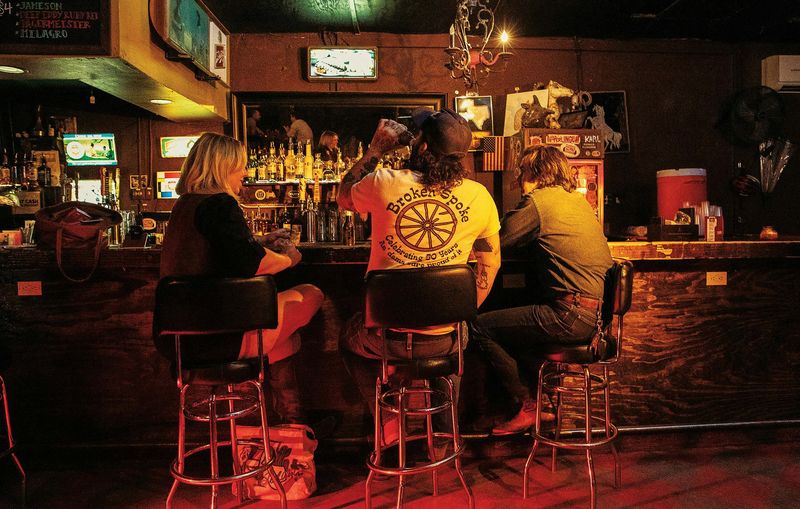
Texas has a rich cultural identity built on barbecue joints, honky-tonk dance halls, rodeos, and a strong sense of community pride. Longtime residents worry that the influx of outsiders is washing away the unique character that made their hometowns special.
Chain restaurants and trendy coffee shops replace beloved local diners that served the same families for decades.
Music venues that once showcased homegrown country and blues artists now cater to different tastes, pushing out the sounds that defined Texas nightlife. Festivals and community events feel less authentic as they adapt to appeal to a broader, more transient audience.
The tight-knit neighborhood feel gives way to a more anonymous, big-city vibe.
Older generations share stories of when everyone knew their neighbors and looked out for one another. Now, apartment buildings fill with remote workers who stay for a year or two before moving on to the next trendy destination.
Local slang, traditions, and even the famous Texas friendliness seem to be fading in some areas. Residents feel like tourists in their own towns, watching the landscape change around them faster than they can adjust.
4. Competition For Jobs In Certain Sectors

Remote workers bring their own jobs with them, but they also compete for local positions in tech, creative fields, and professional services.
Texans who studied and trained in the state now find themselves up against candidates with resumes from Silicon Valley or New York. Employers sometimes favor applicants with big-city experience, leaving local talent feeling overlooked.
Salaries in some industries have risen, which sounds positive at first. However, the cost of living has climbed even faster, meaning that raises do not stretch as far as they once did. Entry-level positions become harder to land as competition intensifies, making it tough for recent graduates to start their careers.
Networking events and professional meetups fill with newcomers, changing the dynamic of business communities that once felt close and collaborative. Locals worry about losing opportunities to people who may not stay long-term or invest in the community.
Some sectors thrive with the influx of talent and ideas, sparking innovation and growth. Yet the benefits do not always trickle down to longtime residents who lack the connections or credentials that out-of-state arrivals bring with them.
5. Strain On Public Services And Infrastructure
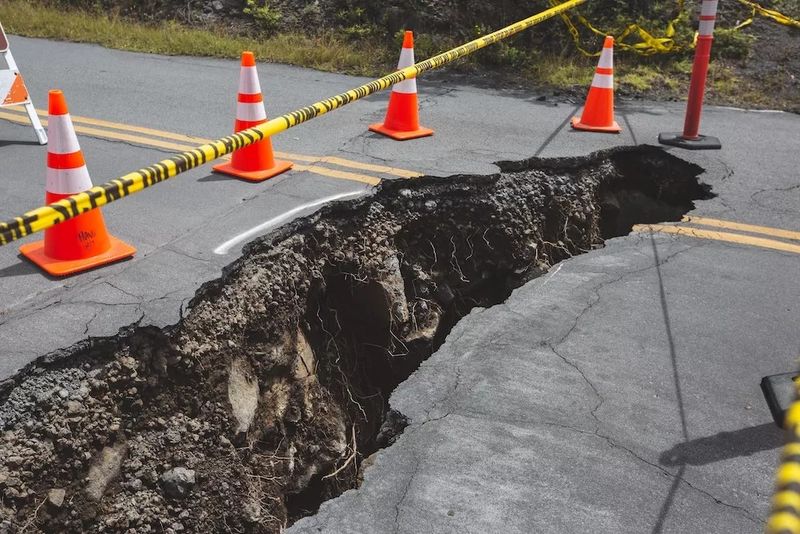
Schools, hospitals, and emergency services face unprecedented pressure as the population swells faster than budgets can keep up.
Classrooms that once had 20 students now pack in 30 or more, stretching teachers thin and reducing individual attention. Wait times at emergency rooms have grown longer, and appointments with doctors can take weeks to schedule.
Water and electricity grids struggle during peak demand, a problem that became painfully clear during recent extreme weather events. Roads crack and pothole under increased traffic, and repair crews cannot keep pace with the damage.
Parks and recreational facilities see heavier use, leading to wear and tear that maintenance budgets cannot always address.
Local governments scramble to expand services, but tax revenue lags behind the immediate needs of a booming population. Libraries, community centers, and other public spaces become overcrowded, losing the quiet, welcoming atmosphere they once offered.
Longtime residents feel the quality of public services slipping, even as they pay more in property taxes. The infrastructure built for a smaller population simply was not designed to handle this rapid growth, leaving everyone frustrated.
6. Environmental Concerns Are Growing
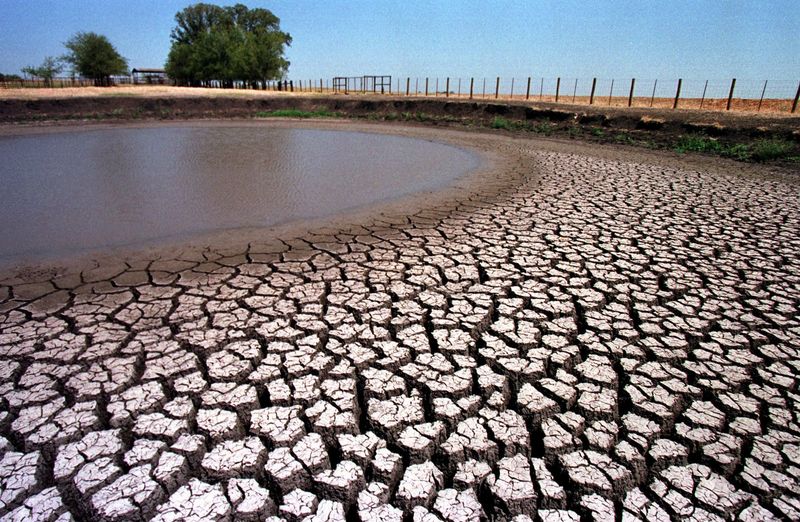
More people means more cars, more trash, and more demand on natural resources like water. Texas already faces challenges with droughts and water scarcity, and the surge in population intensifies these issues. Green spaces and parks that locals treasured for hiking and picnics now feel crowded and less peaceful.
Developers clear land for new housing and commercial projects, shrinking habitats for wildlife and reducing the natural beauty that drew many people to Texas in the first place. Air quality suffers in cities as traffic increases and construction dust fills the air.
Energy consumption spikes, putting pressure on a power grid that has shown vulnerability in extreme conditions.
Recycling programs struggle to keep up, and landfills fill faster than expected. Noise pollution rises as more people move into previously quiet neighborhoods, disturbing the tranquility that residents valued. Water tables drop as demand outpaces sustainable supply, raising concerns about long-term availability.
Locals who grew up fishing in nearby creeks or hiking in nearby hills watch those places change or disappear. Conservation efforts face an uphill battle when growth happens so quickly.
The balance between development and preservation tips in a direction that worries environmentally conscious Texans.
7. Small Businesses Face New Challenges
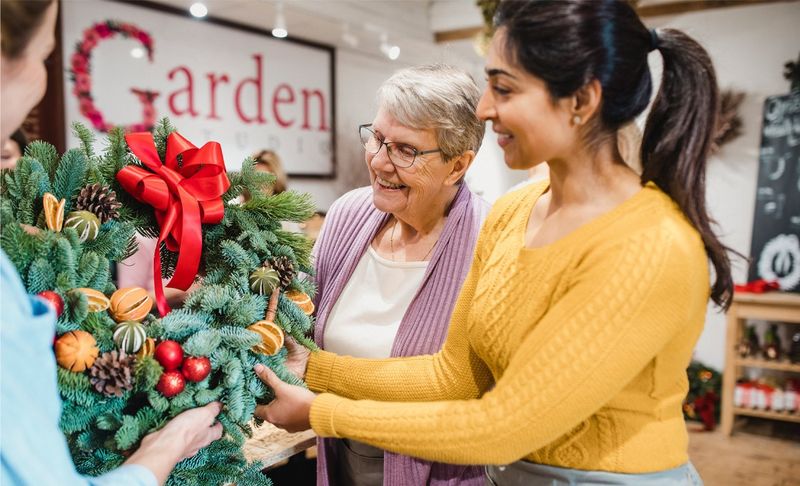
Family-owned restaurants, shops, and service providers that anchored communities for years now compete with slick new businesses that cater to the tastes and budgets of newcomers.
A beloved taco stand might lose customers to a trendy fusion spot with Instagram-worthy decor. Rising rents force some small business owners to close their doors or relocate to less desirable areas.
Nomads often have different spending habits, favoring national chains or businesses that feel familiar from other cities they have lived in. Local shops that thrived on repeat customers and word-of-mouth referrals find themselves struggling to attract attention in a crowded market. Online reviews and social media presence become essential, leaving older business owners who are not tech-savvy at a disadvantage.
Some entrepreneurs thrive by adapting to the changing demographics, offering new products or updating their marketing strategies. Others feel left behind, unable to afford the upgrades or changes needed to stay competitive.
The character of main streets shifts as longtime fixtures disappear and are replaced by businesses with shorter lifespans.
Loyal customers mourn the loss of their favorite haunts, places where they celebrated birthdays and milestones for decades. The economic landscape becomes less predictable, making it harder for small business owners to plan for the future.
8. Cost Of Living Keeps Climbing

Groceries, dining out, utilities, and even haircuts cost more than they did just a few years ago. The influx of higher-earning remote workers pushes prices up across the board, as businesses adjust to what the market will bear. Locals on fixed incomes or traditional Texas wages find their budgets stretched to the breaking point.
A meal at a casual restaurant that once cost ten dollars now runs closer to twenty, and tips are expected to be higher as well. Gym memberships, daycare, and other services raise their rates, citing increased demand and operating costs.
Even everyday items like gas and clothing seem more expensive as retailers capitalize on the growing population.
Families who used to enjoy a comfortable middle-class lifestyle now worry about making ends meet. Savings accounts shrink as people dip into them to cover rising expenses. The gap between rich and poor widens, creating tension and resentment within communities.
Young people delay major life decisions like getting married or starting families because they cannot afford the lifestyle their parents had at the same age. The promise of affordable living that once defined Texas feels like a relic of the past, leaving longtime residents feeling betrayed.
9. Sense Of Community Is Changing

Texans take pride in their hospitality and the strong bonds they form with neighbors. Block parties, church gatherings, and local festivals used to bring everyone together, creating a sense of belonging that defined small-town and big-city life alike.
Now, with so many transient residents, that sense of permanence and connection feels harder to maintain.
Newcomers often keep to themselves or socialize primarily with other transplants, creating invisible divides within neighborhoods. Longtime residents feel less inclined to invest time in getting to know people who might move away in a year.
Community organizations struggle to maintain membership and volunteer participation as turnover increases.
Schools see higher rates of students transferring in and out, making it difficult for kids to form lasting friendships. Churches and civic groups notice declining attendance and engagement from newer residents who have not yet put down roots.
Some neighborhoods adapt by hosting welcome events and creating online groups to bridge the gap between old and new residents. Others remain fragmented, with little interaction between different groups.
The warmth and friendliness that Texas is famous for still exists, but it takes more effort to find and nurture.
10. Excitement About Fresh Ideas And Growth

Not all locals view the nomad wave negatively. Many Texans appreciate the fresh perspectives, innovative ideas, and entrepreneurial energy that newcomers bring to their cities.
Startups launch, new restaurants open, and cultural events multiply, creating a more dynamic and diverse environment. The economy grows, generating jobs and opportunities that benefit everyone.
Artists, musicians, and creatives from around the country contribute to a thriving cultural scene that puts Texas cities on the national map. Tech hubs expand, attracting investment and talent that can transform entire industries.
Neighborhoods once overlooked receive new attention, with renovations and improvements that raise property values and enhance quality of life.
Young Texans excited about career opportunities no longer feel the need to leave the state to pursue their dreams. The exchange of ideas between longtime residents and newcomers sparks collaboration and innovation.
Food scenes explode with variety, offering cuisines and dining experiences that were previously unavailable.
Forward-thinking locals see the growth as a chance to shape the future of their communities rather than resist inevitable change. They work to preserve what they love about Texas while embracing the benefits that diversity and growth can bring.
The challenge lies in balancing progress with preservation, ensuring that Texas remains a place where everyone can thrive.
Dear Reader: This page may contain affiliate links which may earn a commission if you click through and make a purchase. Our independent journalism is not influenced by any advertiser or commercial initiative unless it is clearly marked as sponsored content. As travel products change, please be sure to reconfirm all details and stay up to date with current events to ensure a safe and successful trip.